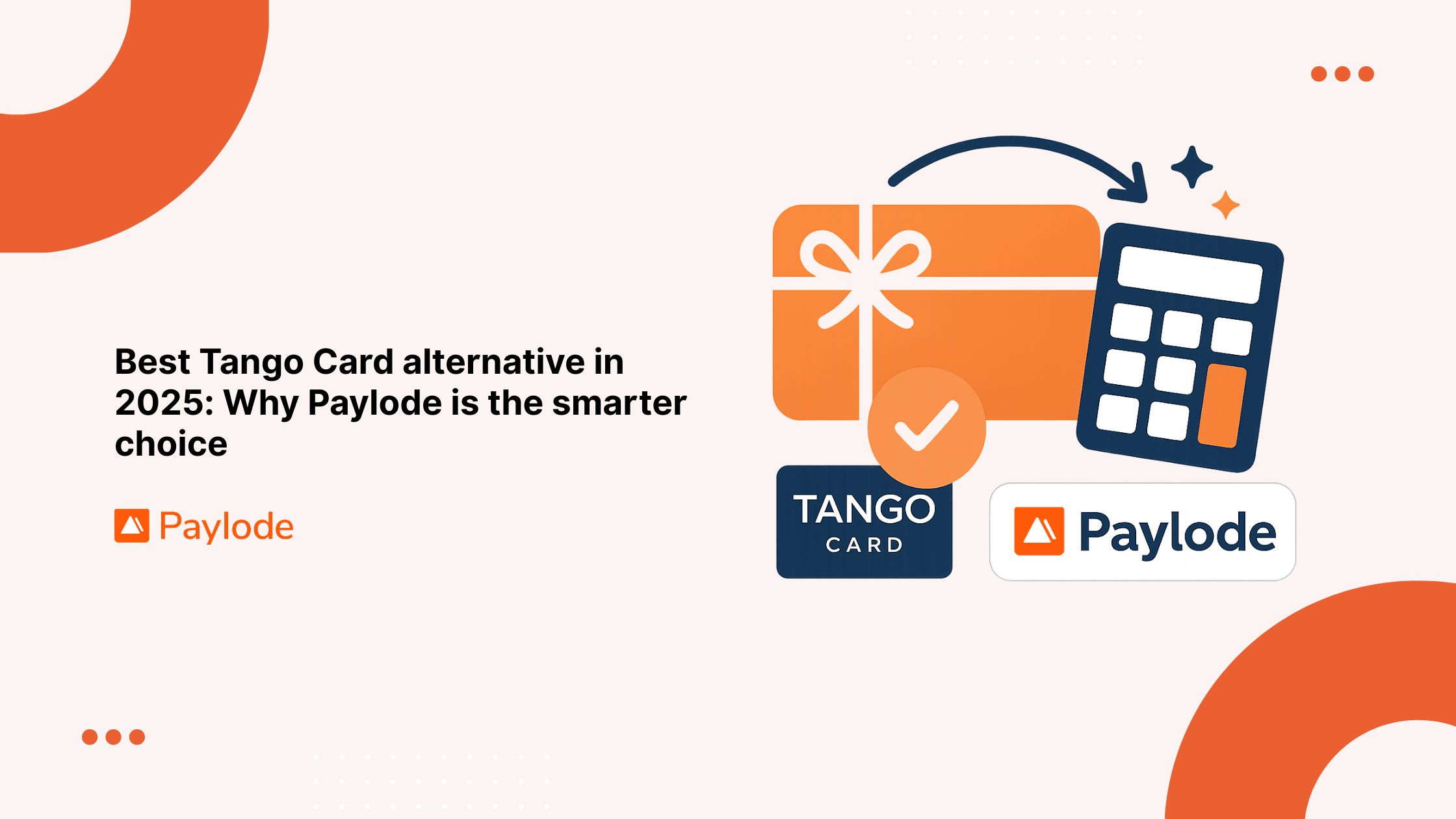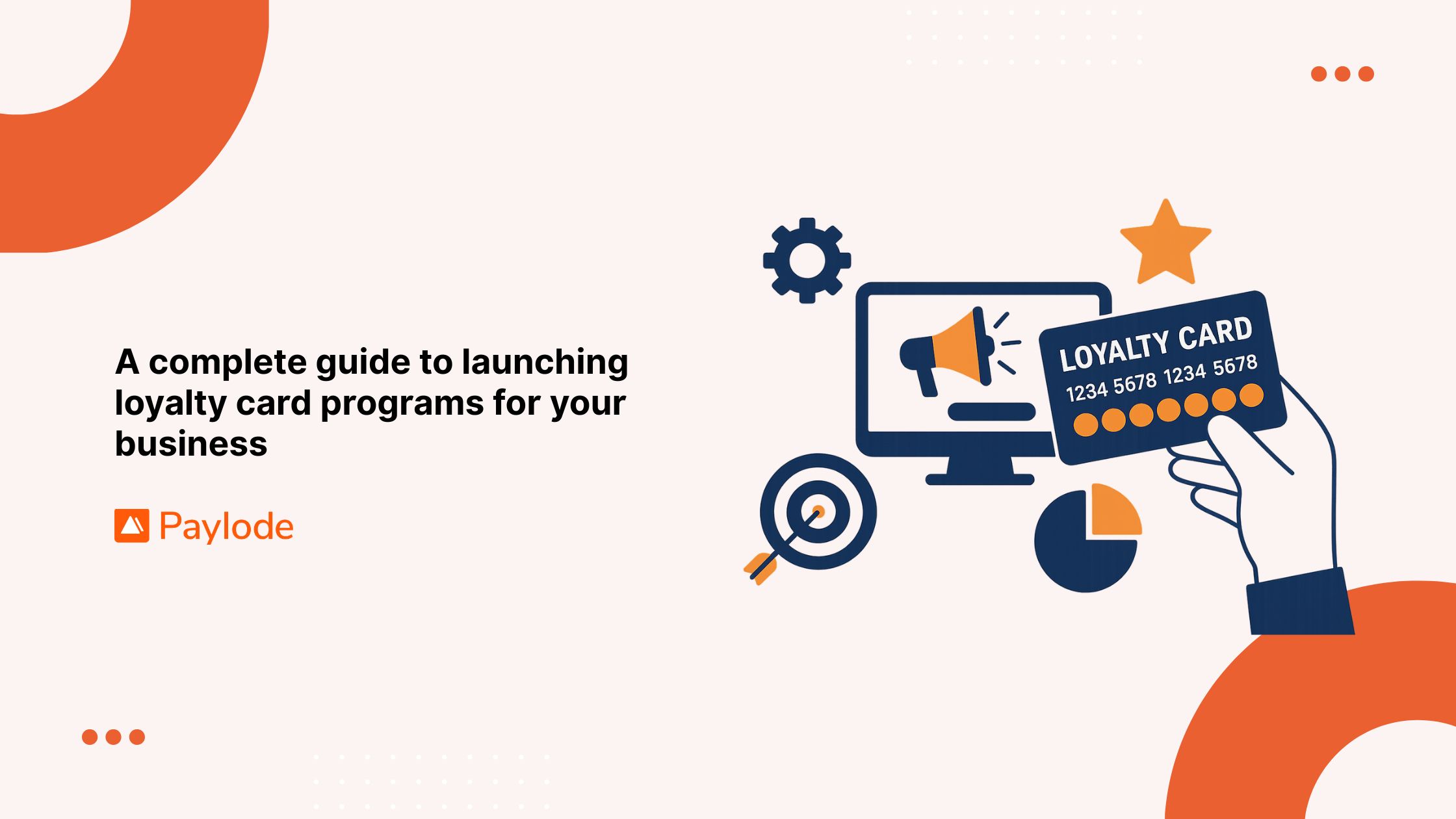Building strong emotional bonds with customers is an essential strategy for enhancing customer loyalty. In an increasingly competitive market, businesses need to go beyond transactional relationships and foster connections that make their customers feel valued and understood. This article will explore innovative strategies to build emotional bonds that enhance customer loyalty.
Key takeaways
- Personalization: Customizing interactions to meet individual customer needs drives deeper emotional connections.
- Consistent communication: Regular and meaningful interactions help build trust and loyalty over time.
- Empathy and customer-centricity: Understanding and addressing customer emotions and needs can significantly strengthen bonds.
The importance of emotional bonds in enhancing customer loyalty
Customer loyalty has always been crucial for business sustainability, profitability, and growth. However, in today's hyper-connected world, traditional loyalty strategies are no longer sufficient. While rewards programs and discounts can attract repeat customers, they often fail to create a deep, emotional connection with the brand. Emotional bonds, on the other hand, can lead to a more profound and lasting form of loyalty.
The role of personalization
Personalization is a powerful tool in building emotional bonds with customers. By tailoring interactions and offers based on individual preferences and behaviors, businesses can make customers feel recognized and appreciated. Here are some ways to implement effective personalization:
1. Leverage customer data
Utilize customer data to understand their preferences, purchase history, and behavior patterns. This data can be used to create personalized recommendations and offers. For example, an online retailer can suggest products based on past purchases or browsing history.
2. Personalized communication
Craft personalized messages for your customers. This can be through emails, SMS, or social media. Addressing customers by their names and sending them tailored content makes them feel valued.
3. Customizable experiences
Allow customers to customize their experiences with your brand. This could be through personalized product recommendations, customizable product options, or personalized service experiences. For example, a beauty brand could offer personalized skincare routines based on a customer’s skin type and concerns.
Consistent and meaningful communication
Consistent communication helps build trust and keeps your brand top-of-mind. However, the quality of communication is just as important as the frequency. Here’s how to ensure your communication is both consistent and meaningful:
1. Multi-channel cngagement
Engage with customers across multiple channels, including social media, email, and phone. Each channel offers unique opportunities to connect with your audience. Ensure that your messaging is consistent across all platforms. At Paylode we figured out a way to increase engagement by 18-54 % by integrating perks into your customer engagement strategy. It means always having an excuse to reach out with a gift.
2. Timely responses
Respond to customer inquiries and feedback promptly. Timely responses show that you value their input and are committed to addressing their concerns. This builds trust and reinforces a positive emotional connection.
3. Share valuable content
Provide content that offers real value to your customers. This can include informative blog posts, how-to guides, or exclusive insights. By sharing valuable content, you position your brand as a trusted resource, which strengthens emotional bonds.
Empathy and customer-centricity
Empathy is at the heart of building strong emotional bonds. By understanding and addressing the emotions and needs of your customers, you can create a customer-centric culture that fosters loyalty.
1. Active listening
Actively listen to customer feedback and act on it. This means not only collecting feedback but also analyzing it and making necessary changes. Show your customers that their opinions matter and that you are willing to improve based on their input.
2. Humanize your brand
Show the human side of your brand. This can be through behind-the-scenes content, sharing stories about your team, or showcasing your brand values. When customers see the people behind the brand, they are more likely to form an emotional connection.
3. Emotional triggers
Understand the emotional triggers of your target audience. This can include their pain points, desires, and motivations. Tailor your marketing messages to address these emotional triggers, making your brand more relatable and engaging.
Implementing innovative technologies
Technology can play a significant role in building emotional bonds with customers. By leveraging innovative technologies, businesses can create more personalized and engaging customer experiences.
1. Artificial Intelligence (AI) and machine learning
AI and machine learning can analyze customer data at a granular level, providing insights that enable highly personalized interactions. Chatbots powered by AI can offer instant, personalized support, while machine learning algorithms can predict customer preferences and behaviors.
2. Customer relationship management (CRM) systems
CRM systems help businesses manage and analyze customer interactions throughout the customer lifecycle. By centralizing customer data, CRM systems allow for more personalized and consistent communication, enhancing emotional bonds.
3. Virtual and augmented reality
Virtual and augmented reality technologies can create immersive experiences that engage customers on an emotional level. For example, a real estate company could offer virtual tours of properties, allowing customers to experience the space before making a decision.
Building a community
Creating a community around your brand can significantly enhance customer loyalty. Communities provide a sense of belonging and allow customers to connect with like-minded individuals.
1. Social media groups
Create and actively manage social media groups where customers can share their experiences, ask questions, and provide feedback. Engage with the group regularly to foster a sense of community.
2. Events and webinars
Host events and webinars that provide value to your customers. These can be educational, entertaining, or a mix of both. Events create opportunities for face-to-face interaction and strengthen emotional bonds.
3. Loyalty programs with a social component
Design loyalty programs that encourage social interaction. For example, offer rewards for referring friends or for participating in community activities. This not only enhances loyalty but also creates a sense of camaraderie among customers.
Measuring the impact
To ensure that your efforts to build emotional bonds are effective, it’s essential to measure the impact of your strategies. Here are some key metrics to track:
1. Customer satisfaction (CSAT) scores
CSAT scores measure customer satisfaction with a particular interaction or overall experience. High CSAT scores indicate that your efforts to build emotional bonds are resonating with customers.
2. Net promoter score (NPS)
NPS measures the likelihood of customers recommending your brand to others. A high NPS indicates strong customer loyalty and satisfaction.
3. Customer retention rates
Track customer retention rates to see if your efforts to build emotional bonds are leading to long-term loyalty. High retention rates suggest that customers are consistently choosing your brand over competitors.
4. Customer lifetime value (CLV)
CLV measures the total revenue a customer is expected to generate over their relationship with your brand. Increasing CLV indicates that customers are not only loyal but also making repeat purchases.
Strengthening customer loyalty with emotional bonds
Building emotional bonds with customers is a powerful strategy for enhancing customer loyalty. By leveraging personalization, consistent communication, empathy, innovative technologies, and community-building, businesses can create deep and lasting connections with their customers. These emotional bonds lead to higher customer satisfaction, increased retention, and ultimately, greater business success.
FAQs about building emotional bonds to enhance customer loyalty
What are the key benefits of building emotional bonds with customers?
Building emotional bonds with customers leads to higher customer satisfaction, increased customer retention, stronger brand advocacy, and greater customer lifetime value. Emotional bonds create a sense of loyalty that goes beyond transactional relationships.
How can personalization enhance customer loyalty?
Personalization makes customers feel recognized and valued. By tailoring interactions and offers based on individual preferences and behaviors, businesses can create a more engaging and relevant customer experience, thereby enhancing loyalty.
What role does technology play in building emotional bonds with customers?
Technology, such as AI, machine learning, and CRM systems, enables businesses to analyze customer data, predict behaviors, and provide personalized interactions. Innovative technologies also facilitate immersive experiences and enhance communication, which strengthens emotional bonds.
How can businesses measure the effectiveness of their emotional bonding strategies?
Businesses can measure the effectiveness of their emotional bonding strategies by tracking key metrics such as Customer Satisfaction (CSAT) scores, Net Promoter Score (NPS), customer retention rates, and Customer Lifetime Value (CLV). These metrics provide insights into customer loyalty and satisfaction.
What are some effective ways to build a community around a brand?
Effective ways to build a community around a brand include creating social media groups, hosting events and webinars, and designing loyalty programs with social components. These activities foster a sense of belonging and encourage customers to connect with the brand and each other.



